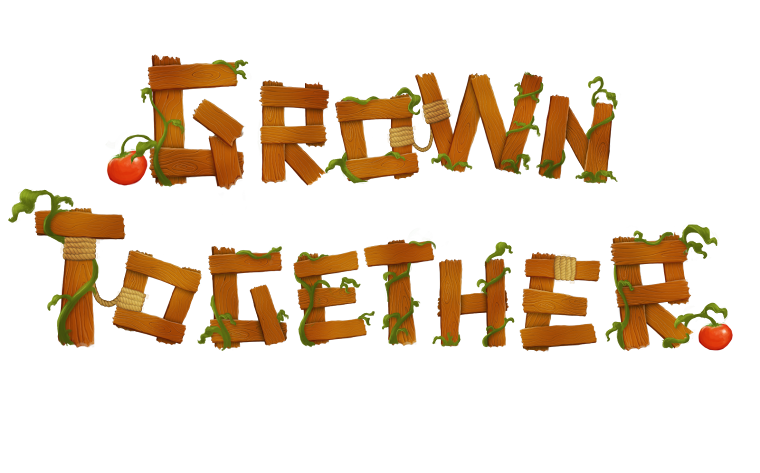This time we want to discuss the modeling process, that technical step where you take your drawn concepts and translate them to a digital object in 3D. (well, it's not all technical, it actually has a strong creative side to it).
Some of you may not be familiar with the process of 3D modeling, we might go over the basics in an article in the future.
Our modelling process took place in Blender, an open source 3D software. it has great sculpting, modeling and UV unwrapping tools which really suited our needs and workflow.
Modelling principals
When it came to modelling, we knew there were a few basic guidelines we had to follow:
* Keep your wire frame simple. add as few subdivisions as you can to capture the shape you need.
* Stick as close as you can to the concept
* Place your poles wisely, and your triangles discretely.
* Be consistent with your shapes.
* When it comes to characters - know your anatomy. How you model determines how your character moves.
Modelling the characters
Modelling the characters had an additional step which was sculpting. During sculpting we looked for the general shape of the character and refined its shape. Then, while doing retopology, we made sure to create a wire frame that supports the model.
Separating the creative process (finding shapes and forms) from the technical process (creating a model that will be able to move well) allowed for more accurate, and eventually better, results.
While modelling, we looked at many references to understand how 2D can translate well to 3D, how to create a model that is appealing from numerous angles, how to create a wire frame that can transform nicely and more.
There were times when we got sucked into work and drifted away from our primary vision, that it became necessary to restart certain areas, which eventually paid off.
Modelling the props and sets
Modelling the props and sets was a more simple task, as we didn't have to think about rigging. however, there were still some challenges.
We wanted individual models to look detailed while having less subdivisions. As for the sets, we wanted to create many models fast, and so we relied on duplications and minor modifications to create variety and richness.
That's all for now, next time we will go over the animatic and layout process and see how story and storyboard translates into actual 3d space. still lots of interesting production materials to share, so stay tuned :)
Cheers!







No comments:
Post a Comment